|
Bastille Day is a national holiday celebrated annually on July 14th by millions of French citizens. It was on July 14th, 1789 that the citizens of Paris stormed the Bastille, marking a key turning point of events in the spark of the French Revolution. The Bastille was a notorious prison in Eastern Paris. Though at the time, it housed only 7 inmates, it was known also to be the place where the French authorities housed their arsenal of gunpowder. Brutally murdering the prison warden and several guards, they also destroyed the stone prison by hand, symbolically dismantling the state of oppression that they faced. Accessing the gunpowder, they took up arms previously looted from Les Invalides, leveling the playing field between them and the Ancien Regime. Today all that remains of the Bastille prison is a brick outline of one of the towers, which can be found laid into the sidewalk surrounding the Place de Bastille. It is one of the most important non-existent monuments in the history of democratic civilizations. The events that transpired on that day reverberated throughout France, Europe and the New World, leaving a lasting impression that is deeply woven into the fabric of Western culture. The events that led up to the storming of the Bastille are far too numerous and complex to explain in full detail in the context of this article. As many of us know, the French people had grown discontent over the handling of public funds, leaving them destitute as they bore the weight of heavy taxation, while the nobility and clergy, who paid no taxes themselves, lived in luxury off the backs of the people. An important historical fact that has often escaped the attention of most North Americans is that the French had been funding the American Revolution of Independence against the British. This support was facilitated by Benjamin Franklin - the first Ambassador between the United States and France. Of course, the French had their own political motivations, as they did not want to see the British gain further territories, and provided financial support until their own coffers were bare. Unfortunately, this major fact goes largely unacknowledged as the more popular story is that the Queen of France, Marie Antoinette, and her love of fashion and luxury, drove the country to bankruptcy. While it certainly didn't help matters, that would have to be one heck of a wardrobe! The fact is that the state of financial distress had been handed down to Marie Antoinette and her husband, Louis XVI through the hands of his grandfather, Louis XIV. Also known as the Sun King, it was Louis XIV, who built the fabulous Chateau Versailles, which is now a renowned symbol of the corrupt over-indulgence of those in power, and host to millions of tourists a year. Consequently, his grandson, Louis XVI and his wife, Marie Antoinette, were executed by guillotine in 1793 during what would become known as the French Revolution. The storming of the Bastille afforded the French people the opportunity to take up arms thereby forever altering the balance of power. As the people no longer respected the established authority, of the nobility and clergy, arming themselves enabled them the ability to revolt and to defy the King’s Guard, who were expected to maintain order in the French capital and to protect the royal family. It was seen as a necessity in the face of oppression by the corrupt absolute monarchy. It is this incident and ideology that eventually made it’s way into the second amendment of the American Constitution – The Right to Bear Arms. Though nothing can console us over the tragic and far too numerous mass shootings that occur in the United States each year, at least understanding the context of the historical events of the storming of the Bastille provides some illumination on the original ideals of the American NRA.
Though the very phrase “New World Order” seems to conjure notions of conspiracy theories, one need not look far, as it hides in plain sight. The proponents of the Revolution saw the Ancien Regime as needing to be replaced and the Americas, a popular place for new settlements, were then known as the New World. “Ancien” being French for “ancient”, and Regime, meaning “order”, referred to the system of absolute monarcy that they sought to replace with their own elected officials. These were instrumental ideals of the Revolution, which took root in the newer settled lands of the Americas, a land that was untainted by the rule of an absolute monarchy. At first the the Third Estate in France, (the first being the nobility, the second being the clergy and the third being everyone else) proposed the idea of a constitutional monarchy, as the British had already established. However, when it became clear that King Louis VXI had no intention of caving to these demands, he was executed for treason against France. It was said that "The King must die so that the Revolution may live". His wife, Marie Antoinette was also to face the same fate on the guillotine. Thousands more died on this new killing machine that became known as the "National Razor" during the Reign of Terror. Anyone that was suspected of sympathy to the monarchy, or as an enemy of the Revolution, was quickly tried and often sent to their death. As news of the beheading of the monarchs spread throughout Europe and North America, other monarchs feared similar uprisings. In Canada, the British suppressed this news from their citizens, in fear of a similar violent uprising. As the Revolution gained momentum in Paris, the people organized and adopted a symbol to identify their allegiance to the Revolution. The color red was added to the previous colors of France, blue and white and became known as the “Tricoloure”. Some historians contend that the white of the flag represented the color of the House of Bourbon, the French royal family, while blue represented the spiritual. Though there is still much debate as to the meaning of those colors, one could speculate that the red of the tricolor symbolizes the blood that had to flow in order for the Revolution to live. Today the tricoloure is seen not only on the French national flag, but also on the American flag. Given that France was the first ally of the United States, it comes as no surprise that the U.S. flag bears the same colors as those of the French flag and the colors of the Revolution. The French and the American Revolutions bear many striking similarities. Both were strongly influenced by the ideals of the Enlightenment and both resulted in the establishment of a bill or charter of rights. The French "Declaration of the Rights of Man" (and of the Citizen) was passed in August of 1789, shortly after the storming of the Bastille. One of the most defining articles was the idea of liberty: "Article IV - Liberty consists of doing anything which does not harm others: thus, the exercise of the natural rights of each man has only those borders which assure other members of the society the enjoyment of these same rights. These borders can be determined only by the law." The similarity to the American Declaration of Independence of 1772 is obvious, which states "We hold these truths to be self-evident, that all men are created equal, that they are endowed by their Creator with certain unalienable Rights, that among these are Life, Liberty and the pursuit of Happiness." How unfortunate that in the year 2016, we face so many challenges to these simple rights, under constant threats of police brutality, racial profiling, gun violence and acts of terrorism. The single, most important aspect of the French Revolution was of course the outcome. Following a long battle that cost many lives, France was transformed from being an Absolute Monarchy to becoming a Republic of the People, a Democracy. The revolutionary action took power from the hands of the few and placed it into the hands of many. The French Revolution has served for over 200 years as a reminder of the power of the “common” people to rise up against oppression and together accomplish “uncommon” feats through determination, collective organization. It is that spirit, which is captured in the French motto “Liberté, égalité, fraternité “ (liberty, equality, fraternity), that daring achievement, that shaped much of the democratic ideals that Western civilization holds so dear to this day as a result of the fire that was sparked by the actions of Bastille Day, 1789. However, the most important debate that they French Revolution has indelibly impressed upon the Western World is with is the question of "at what cost of human life?" should we fight for what we believe. This article is sadly dedicated to the men, women and children who lost life and limb in the terror attack in Nice on Bastille Day of 2016 while celebrating the most cherished of democratic ideals.
0 Comments
|
Holly Marie Armishaw
Based in Vancouver, Canada, Holly Marie Armishaw is a contemporary artist, art writer, francophile, and world traveler. Through rigorous exploration of inspiration from international sources of art and culture, she infuses her insights with a critical eye as she discusses global trends. Both her art and writing are informed by attending a continuous array of art exhibitions, lectures, fairs and biennales, both at home and abroad. Articles
All
|
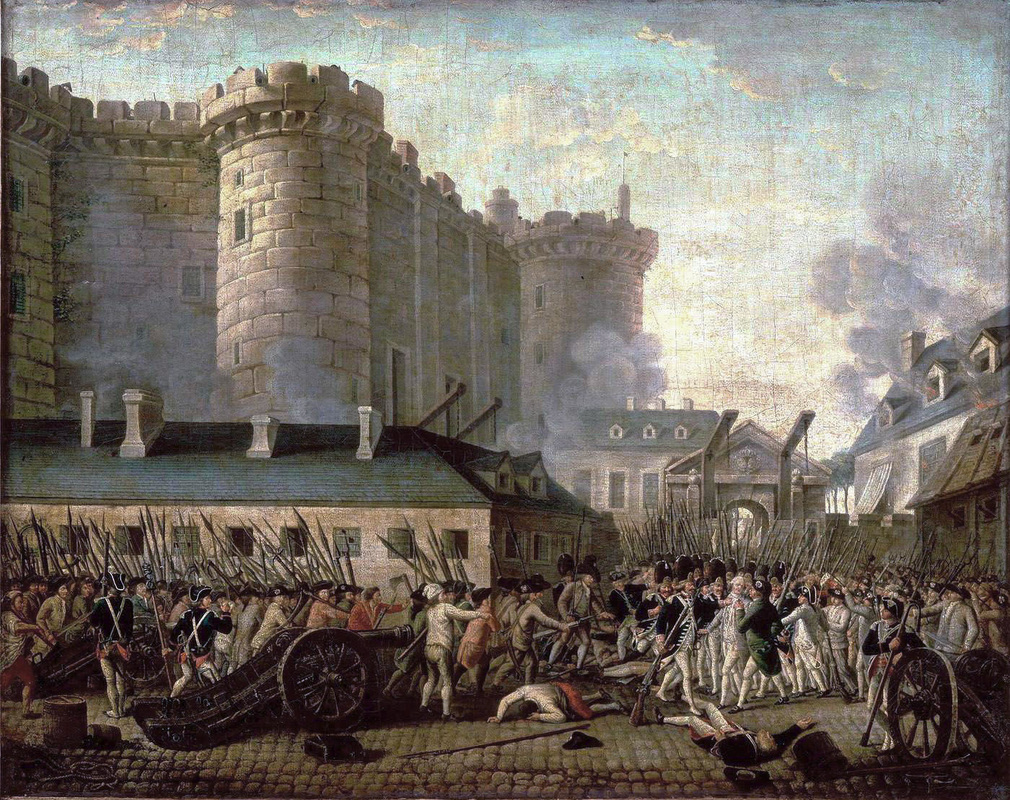

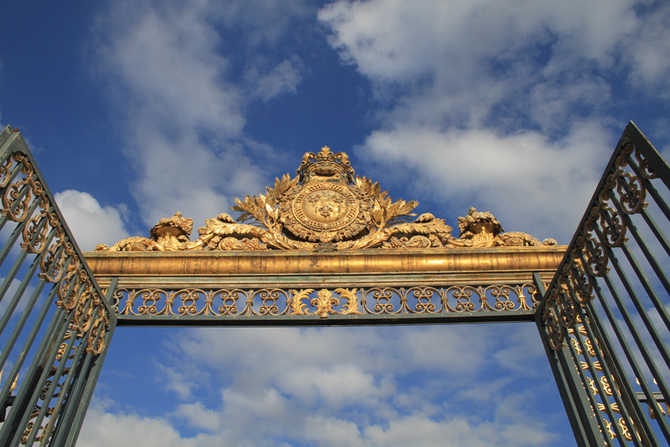
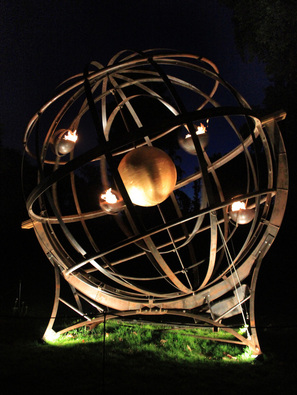
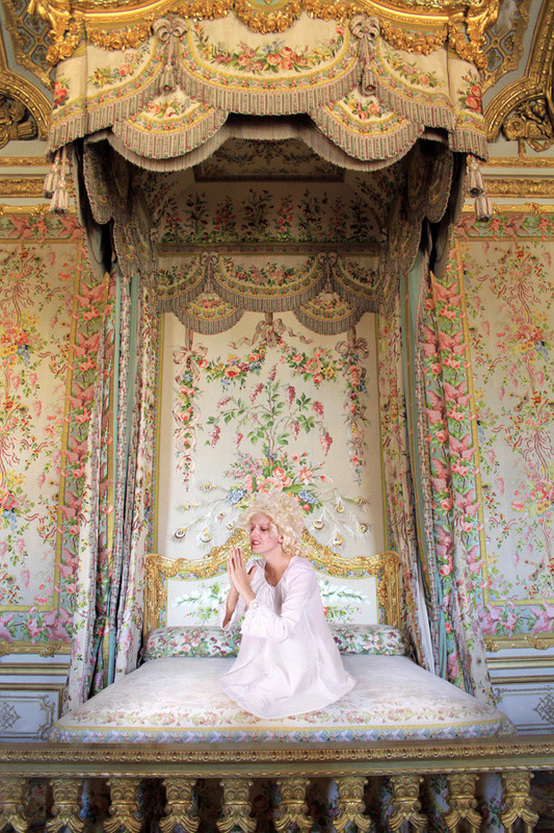
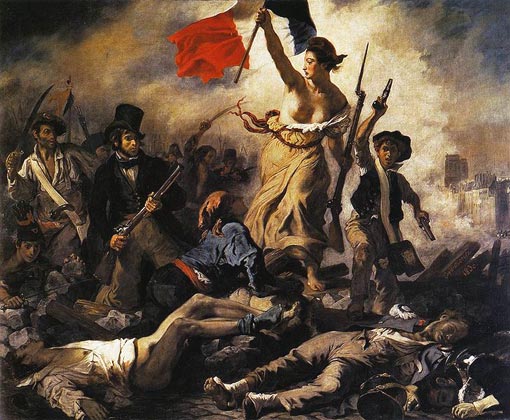
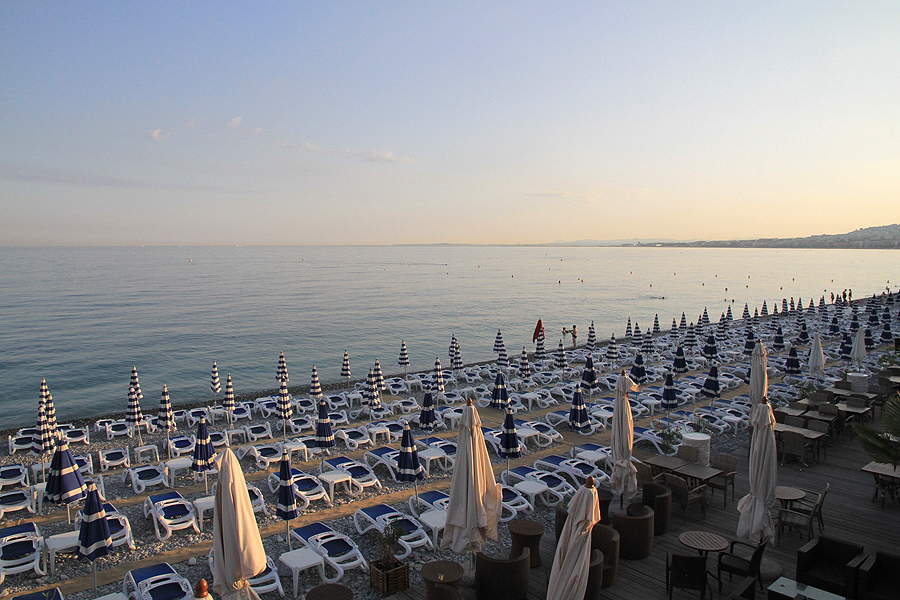
 RSS Feed
RSS Feed
